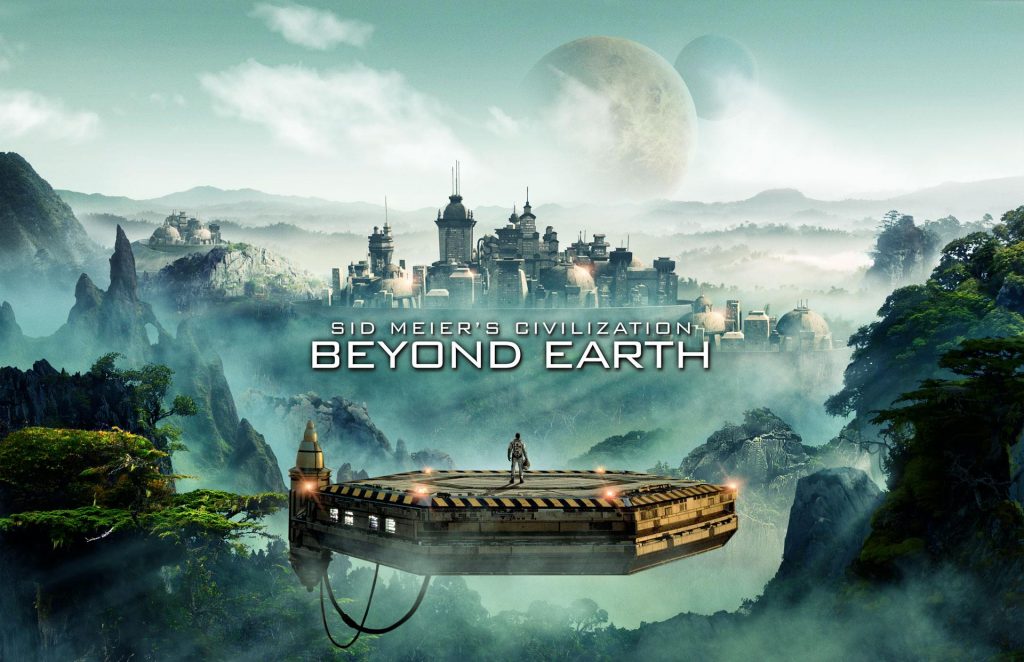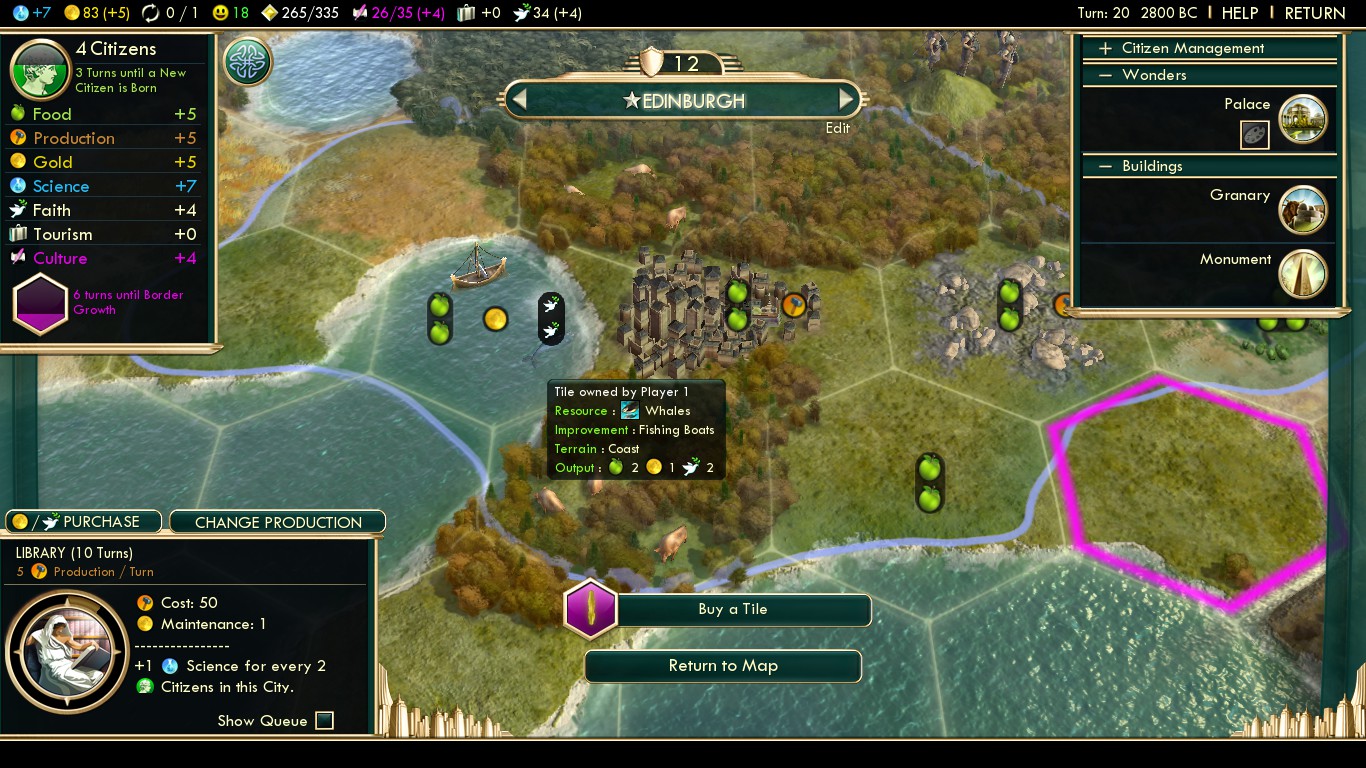

However, it seems some games don't like that. I've changed my display resolution (right-clicking the desktop, clicking "screen resolution", and changing it to something else) to 1280x768, which is closer to widescreen, and I've kept it as such since. that's all fine and dandy, but I've never really liked the squarish look of the screen, and in some games, it really breaks the game (things like minecraft can't be played on that resolution at all, since you can't see half of the screen). Slow paced games like Civ V, FTL, or Hearthstone are relatively easy to map and their slow pace allows for the time needed to come to grips with a new control scheme.Ĭhris' Steam Controller tests continue, what would you like us to take a look at next? Let us know in the comments.So my current monitor has a resolution of 1280x1024. Platformers are easy to map to a controller, and have generally felt great while playing. Increasingly I'm finding myself more and more interested in playing games that quickly move over those first two steps. Only then can you forget about the controller and just enjoy the game. Next, the effort required to relearn a new control scheme, a process made more difficult by the lack of onscreen button prompts and reminders. First you have to spend time finding a comfortable mapping of controls. While the steam controller has the ability to control most games, the effort required to enjoy real time strategy games is great. I considered investing another hour into coming up with a way of mapping a couple control groups and re-working StarCraft's grid system to use fewer keys, but I thought better of it. With these commands, I was slightly more able to macro while playing. I eventually mapped the attack-move command to the right bumper, and S and D to the left and right half of the trackpad. After taking some time to think through any reasonable hotkey layout and determining there was none, I proceeded by playing with the controller's default keybindings when plugged into a PC: the mouse controlled by the right trackpad, map with the left trackpad, and mouse buttons mapped to the triggers. I also decided to try my hand at StarCraft II. The ability to pause the game while playing also enables players to slowly familiarize themselves with the controls. While you won't be able to bind every hotkey available in the game, the overall experience of boxing and moving your crew feels natural and quick. With responsive controls, a comfortable seat, and a large television, I found myself able to quickly enter the flow state that Civ V does so dangerously well.Īlong with Civilization V, I've spent a bit of time trying out FTL, which was similarly simple and easy to enjoy. Sitting 17 feet away from a 50-inch television, the relatively small text is easily parsed. While I don't expect to be effectively splitting my Marines in StarCraft any time soon, I can certainly play a turn-based game without frustration. It's also surprisingly easy to move the cursor quickly with precision. With these bound, I found myself more quickly navigating the Civilization user interface than I had in my previous couple hundred hours with a mouse and keyboard. The Advisor Counsel, Overview Screens, Social Policies, and Era Map are all bound to keys, and there are a few left over to handle zooming in and out, and Next Turn. Moving through Civ V's menu screens is effortless. While that 10th of a second speed increase is nice, it's outweighed by the speed gained through quick control over the map.

Using the dual mouse method feels quick, but the trackpad allows me to move fast enough through the screen that I only need to lift my thumb once to get from the top left corner to the bottom right.


 0 kommentar(er)
0 kommentar(er)
